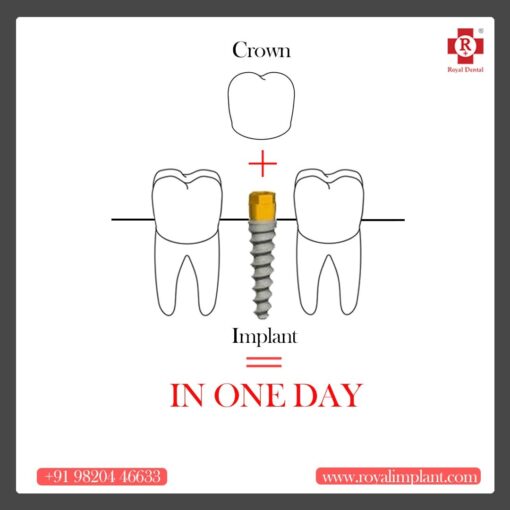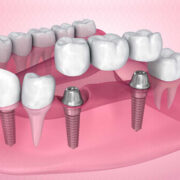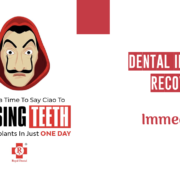Implants are prosthetic teeth that are cemented or otherwise attached, to the jawbone. Implants can be placed almost anywhere in the mouth; however, they are most commonly used to support replacement teeth in locations like the front of the mouth where natural supports—like roots and periodontal ligaments—are weakest. No matter where they’re placed, every implant requires a secure attachment to the jawbone from which it will support a tooth replacement. In some cases, dentists will use cement to attach a dental implant to the crown. In other instances, they may use a sire-retained crown instead. Regardless of the circumstances, there are several different methods for attaching crown to screws securely without being intrusive or damaging.
Components of a Dental Crown
An implant-supported crown is made up of three parts. The first is the dental implant, which embeds in the jaw. The second is an abutment, which connects to the implant on the lower end and the crown on the upper end. The third part is the crown, which attaches to the upper end of the abutment. The crown attaches to the implant through cement of abudment. Not all screws need an abutment. This is what Royal Dental Clinics specialises in.

Overview: Methods of attaching implants to crown
Attaching Implant and Crown with Cement
A dentist could choose to attach the crown to the abutment with dental cement. This is usually done on front-facing teeth for aesthetic purposes. Dental cement is tooth-colored, meaning that a front-facing dental crown attached with dental cement will not have the discoloration that happens with screw-retained crowns. However, there are several downsides of cementing a dental crown onto an implant.

Drawbacks of attaching Crown to Implant with Cement
The thing is, however, that implant-supported crowns may need a tune-up after a few years. The tune-up would typically involve re-attaching the crown onto the implant. Removing such a dental crown is not that difficult when out comes to SAPTeeth polymer crown. And it almost is a chair side procedure.
Screw-Retained Dental Crown
Some dental crowns can be directly screwed onto to implant. In terms of longevity, ease of use and ease of repair, attaching dental crowns with screws is simply a better way of doing things. The main drawback of screws is that they are less good looking than dental cement, which is why they are mostly used on the back teeth.

Benefits and Uses of Screw-Retained Crowns
Temporary dental crowns are used to prepare the gum tissue for the permanent crown. These types of crowns are screw retained and are easy to remove when the time comes to place the permanent crown.
- It is safer to attach same-day, implant-supported crowns with screws
- Crowns that are screwed onto an implant are easy to remove during repairs
- When neighboring teeth fall out, a crown attached with screws can be replaced with one that will anchor a bridge
Attaching dental crowns to implants
When it is time to attach the permanent implant crown, the dentist can use two methods to place it: By using a small screw to enter the top of the crown into the abutment (known as screw-retained crowns), or by using dental cement to attach the crown to the abutment (known as cemented crowns).
Cemented crowns are trending!
Cemented crowns use a special type of dental cement to attach to the abutment. Although cemented crowns are more aesthetically pleasing, they are slightly more difficult to replace and maintain. Where a screw-retained crown can be easily taken apart to allow for replacement, the same cannot be said for cemented crowns. The entire crown needs to be removed when cemented crowns fail. Many dental implant patients object to the appearance of crowns with screws. For the front and top teeth, cemented dental crowns are the clear winner.







